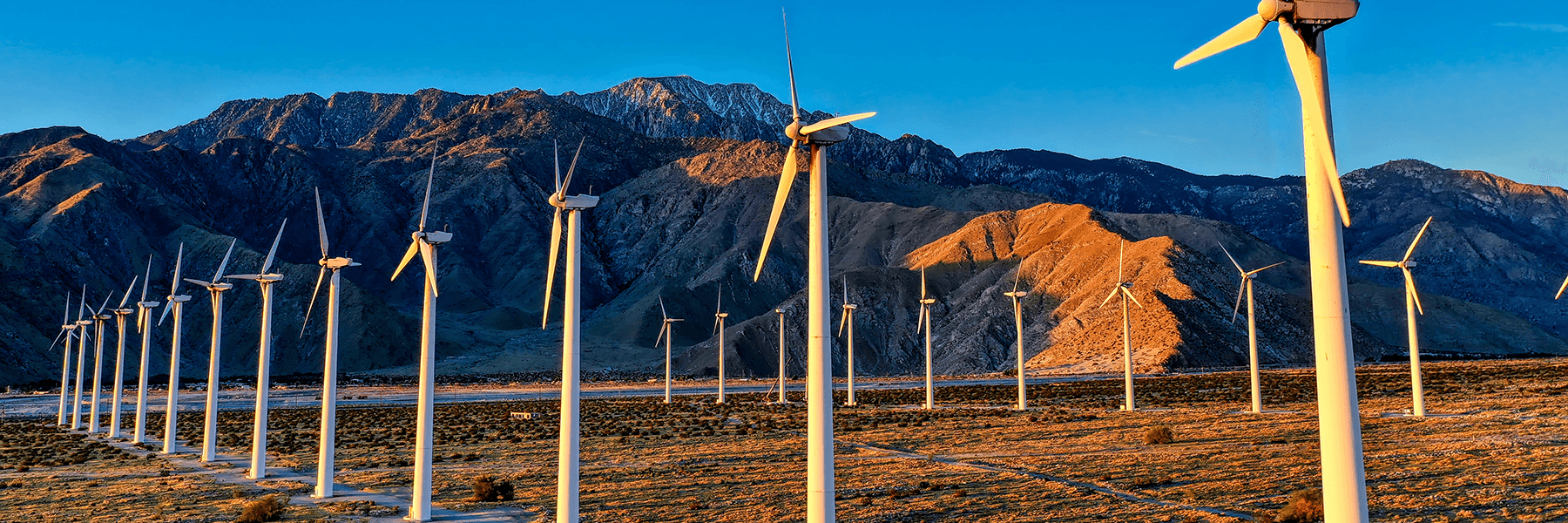Study finds that “mountain waves” have a crucial impact on wind power generation

Mountains act as giant barriers, oftentimes causing air to ascend the mountain to get to the other side. When an air mass is stable and is forced upward on one side of the mountain, it can create vertical oscillations that extend for tens to hundreds of kilometers on the downwind side of the mountain. Called mountain waves, these oscillations can have big impacts on power generated by wind turbines, because they also cause oscillations in wind speed at the height of wind turbines.
In a study published in Wind Energy Science, NOAA and CIRES scientists from the Physical Sciences Laboratory and colleagues used Weather Research and Forecasting (WRF) model simulations and measurements collected during the Second Wind Forecast Improvement Project (WFIP2) to quantify the impact that mountain waves have on wind farms located downwind of the Cascade Mountain Range in the U.S. Pacific Northwest. The NREL-led study, found that the mountain waves caused large upward and downward surges in power generation from the wind farm. This finding underscores the necessity of accounting for mountain wave impacts in wind power forecasting operations and when choosing wind farm locations and layouts downwind of mountains.
During the WFIP2 field campaign in the Columbia River Basin from October 2015 to March 2017, researchers used a variety of instruments to directly observe mountain waves and their impacts, including fluctuations in wind speed and thus power production generated from wind turbines downwind of the Cascade Mountains. While model simulations in this study cannot predict the exact attributes of the mountain waves, they show their presence, which is helpful for regulating power production. Fluctuations in wind speed caused by these mountain waves led to significant fluctuations in wind power production—approximately 11 percent of the total output for the wind farm in this study.
Mountain waves can cause fluctuations in wind power generation, depending on the wave’s properties and location within a wind farm. Understanding these impacts will help wind farm operators better manage expected power output during mountain wave events. This study also emphasizes the importance of designing wind farm layouts to minimize the negative effects of mountain waves, such as decreased production and variable power output, while also capitalizing on their potential benefit for increased production in some parts of the wind farm.
Draxl, Caroline, Rochelle P. Worsnop, Geng Xia, Yelena Pichugina, Duli Chand, Julie K. Lundquist, Justin Sharp, Garrett Wedam, James M. Wilczak, and Larry K. Berg (2021): Mountain waves impact wind power generation. Wind Energ. Sci., 6, 45–60, https://doi.org/10.5194/wes-6-45-2021
Posted: March 23, 2021